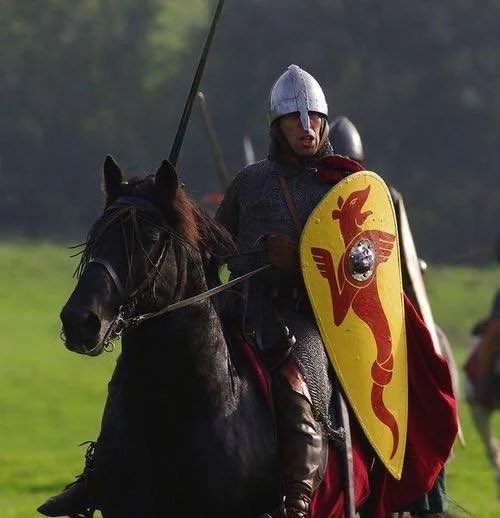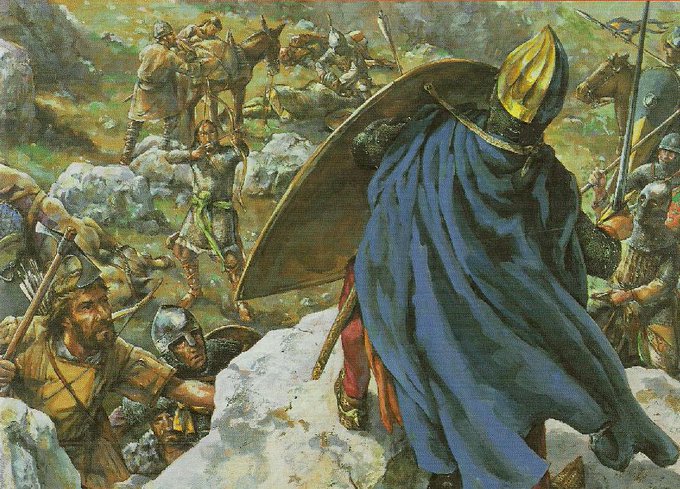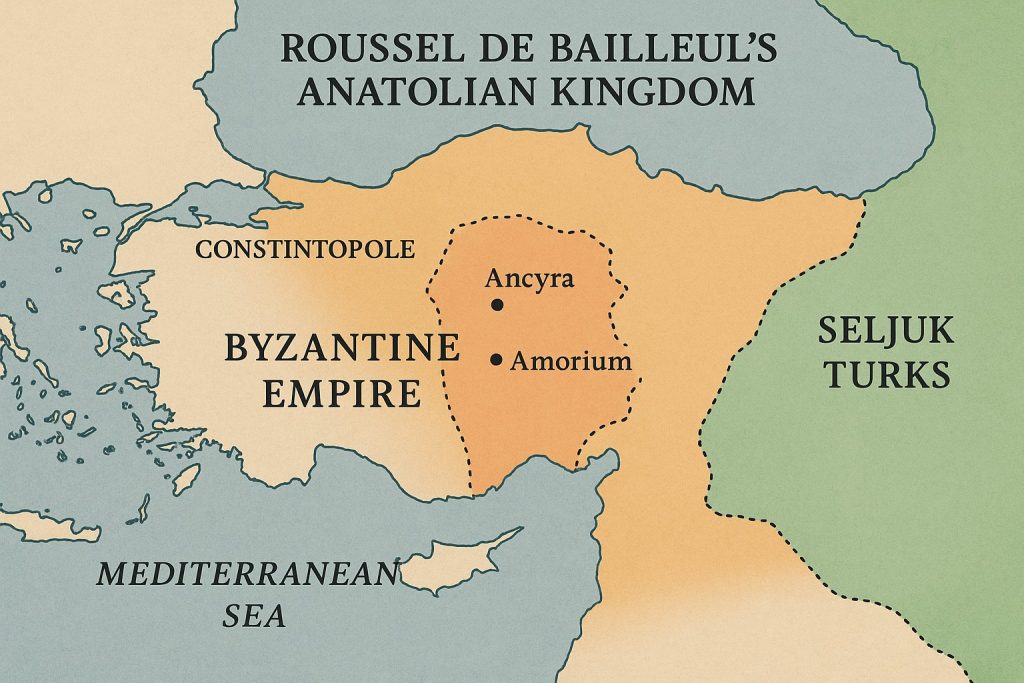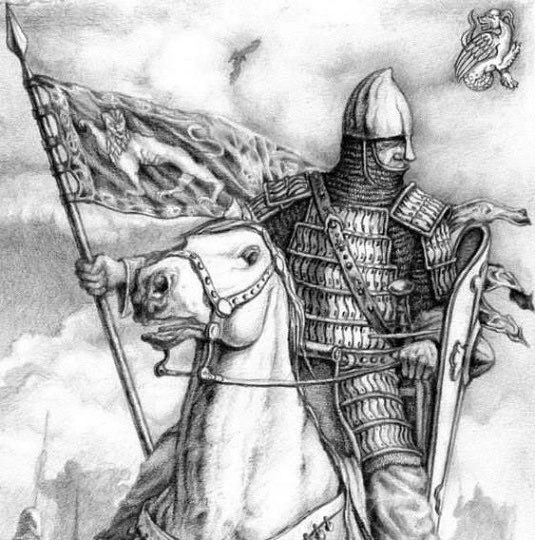Have you heard about the brief Norman kingdom that once existed in Anatolia? Discover the remarkable story of Roussel de Bailleul; a saga filled with bold ambition, betrayal, and intrigue.
Who Was Roussel de Bailleul?
Roussel de Bailleul was a Norman mercenary who served both the Normans in Italy and later the Byzantine Empire. Gaining fame for his bravery and military skill, particularly during the conquest of Sicily and the Battle of Cerami, he eventually rose to command elite Norman cavalry under Byzantine service.

After Manzikert: A Power Vacuum
In 1071, the Byzantine defeat at the Battle of Manzikert (Malazgirt) opened the door for internal chaos. While Roussel did not participate in the battle itself (having been stationed in Khliat) his unit remained intact, unlike the rest of the Byzantine army that was devastated by the Seljuks.
Rebellion and the Birth of a Norman Kingdom in Anatolia
In 1073, after tensions with the Byzantine general Isaac Komnenos, Roussel defected with 400 loyal Norman soldiers. When Isaac’s army was destroyed by Seljuk forces, Roussel seized the opportunity. He defeated a Seljuk detachment, captured Ancyra (modern-day Ankara), and declared himself Prince, establishing a de facto Norman principality in Galatia; in such a Norman Kingdom was established in Anatolia.
Supported by local populations grateful for protection from Turkish raiders, Roussel began to operate as an independent ruler.
Byzantine Counteroffensive and the Battle of Zompos Bridge
Emperor Michael VII Doukas responded by sending a massive force of 12,000 troops under his uncle John Doukas, which included 1,500 Varangian Guards and 500 Western mercenaries. Despite being outnumbered, Roussel crushed this force at the Battle of Zompos Bridge in 1074.
John Doukas was captured, and Roussel went so far as to proclaim him emperor while marching toward Constantinople.

Seljuk Betrayal and Byzantine Diplomacy
Alarmed, the Byzantine court negotiated with the Seljuks, offering territory in Cappadocia in return for Roussel’s capture. The Seljuks betrayed him, but his wife Matilda paid a ransom to free him. Yet again, Roussel returned to Anatolia and held off further attacks, including one from King George II of Georgia.
Final Downfall of Norman Kingdom: Captured by Deceit
The young Alexios Komnenos was then sent with a clever plan. By forging a deal with the Seljuks and staging a banquet for Roussel’s men, Alexios orchestrated his final capture. Roussel was sent to Emesa (modern-day Homs, Syria) and imprisoned. Though briefly released in 1077 to assist in another Byzantine rebellion, he was recaptured and ultimately executed by the Byzantines.

Legacy of Roussel de Bailleul
Roussel’s story is more than just a footnote in Byzantine history. His daring rise illustrates:
- The weakness of the Byzantine military post-Manzikert,
- The ambition and adaptability of Norman warriors abroad,
- The empire’s reliance on foreign mercenaries and unstable alliances.
His temporary Norman state in Anatolia foreshadowed future Western interventions, including the Crusades, and left an enduring mark on the geopolitical dynamics between Byzantium, the Normans, and the Seljuks. The tale of Roussel de Bailleul is a forgotten but powerful episode in medieval history. It exemplifies how one man, through courage and cunning, challenged empires, and nearly succeeded.

